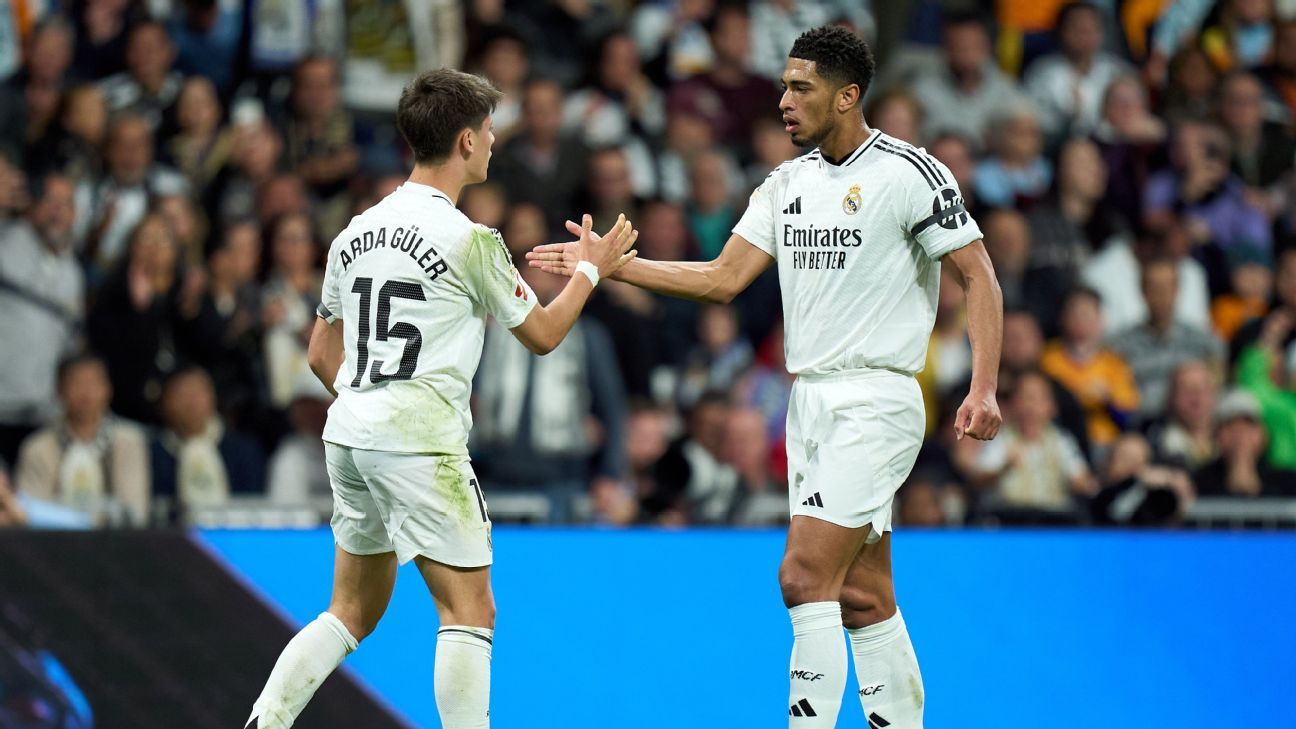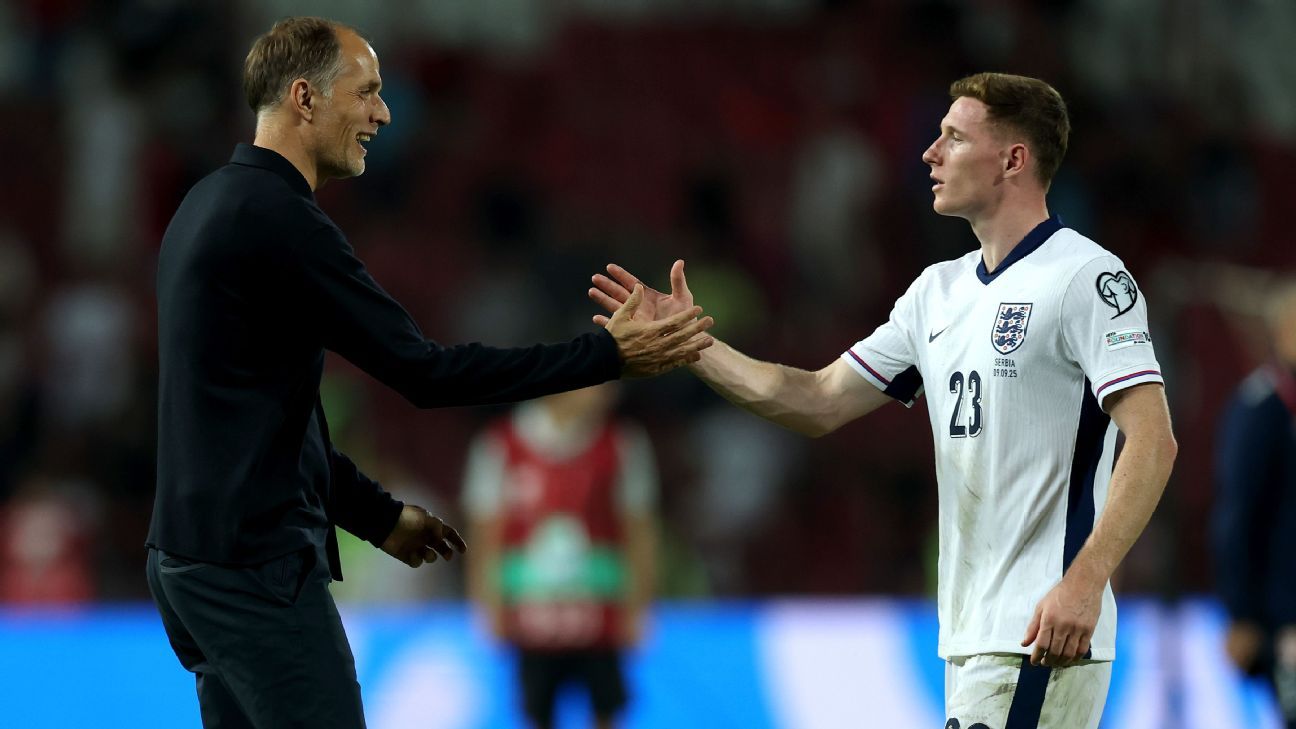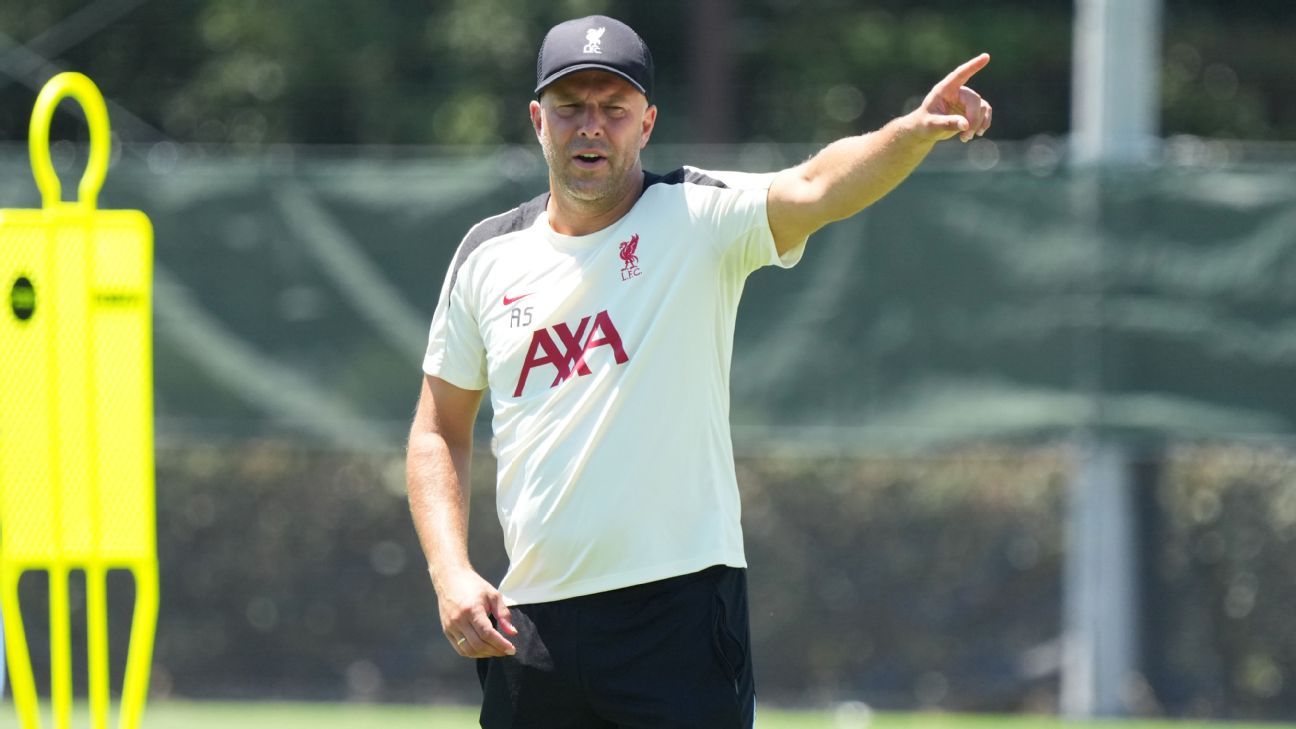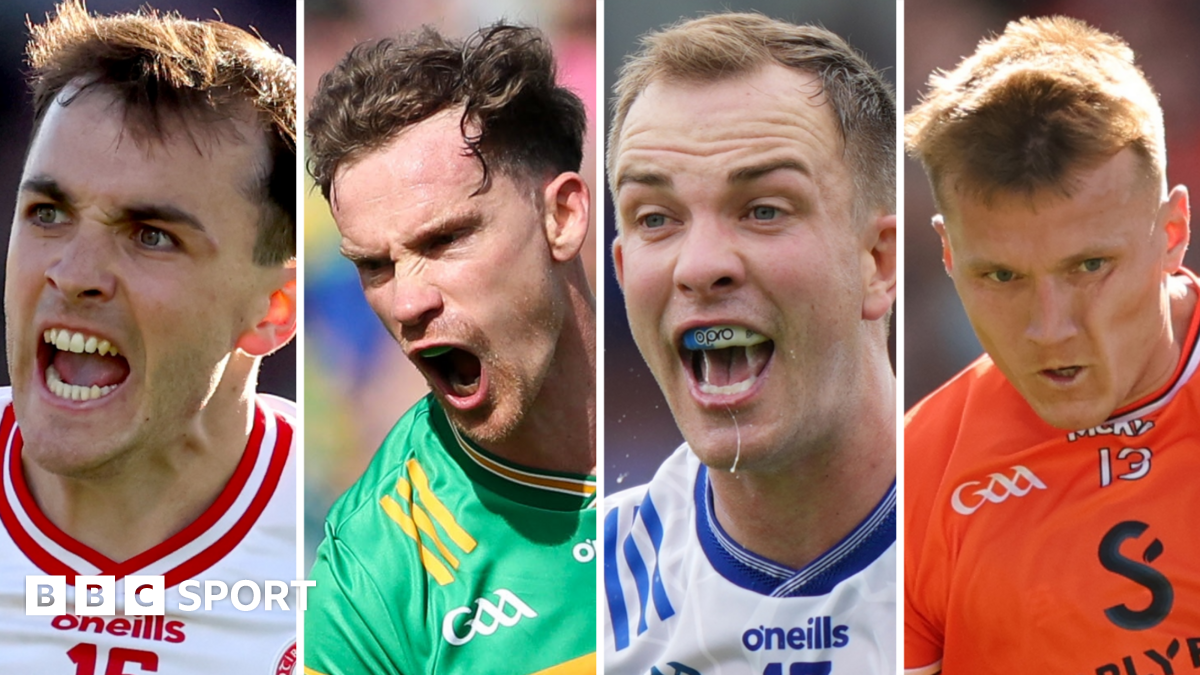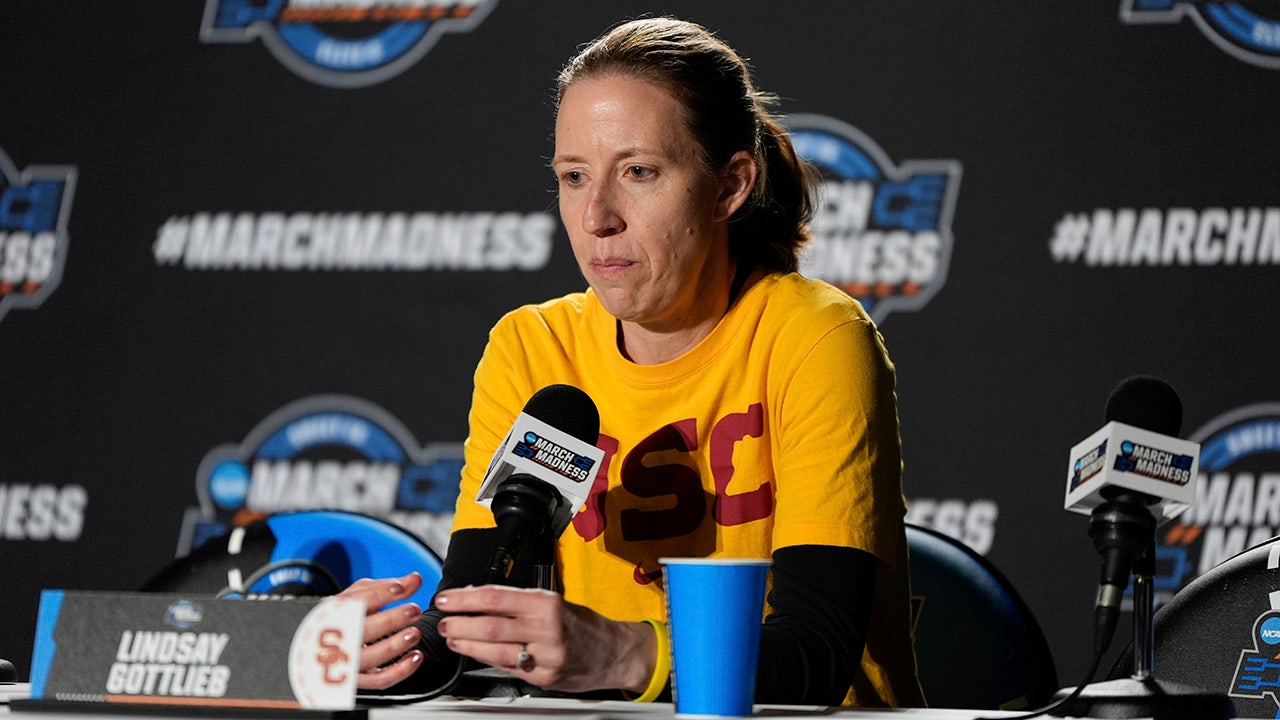Enough was enough for Jude Bellingham. “I’ve come to the end of my patience,” the Real Madrid midfielder said, smiling, in the news conference room deep inside Bank of America Stadium in Charlotte after his team’s 3-1 Club World Cup win over Pachuca.
Bellingham, who’d been named the game’s MVP, had just been asked about the shoulder injury that had troubled him since November 2023. Ever since, he had worn a protective brace. Now, he was confirming what had been widely reported, including by ESPN: that he would have to undergo surgery.
“I’ve got to the point now where the pain isn’t so bad. It’s more being fed up with the brace,” he said on June 22. “Having players tug on it, and it rearranging all the time. In the heat it’s really hard. I’m losing so much weight in sweat … I’ve got surgery scheduled for after the tournament. I’ll go and get it fixed. It’s been a long time coming.”
That surgery took place last week. “The process to come back has already started,” Bellingham posted on Instagram with a photo from his hospital bed. “See you soon.” It won’t be that soon, though. The player is expected to be absent for between 10 and 12 weeks, which would see him back in early October. By then, Madrid will have played eight LaLiga games and two UEFA Champions League matches.
It’s a calculated risk. Madrid could have scheduled Bellingham’s surgery for when the 2024-25 LaLiga season ended — or even earlier, when they had effectively dropped out of the title race — and had him back in time for the start of the new campaign. Instead, they opted to keep him available for the Club World Cup, and miss a sizeable chunk of the next league season instead.
New coach Xabi Alonso has already described Bellingham as “a fundamental part of the team,” and Alonso’s deployment of the player so far backs that up. Bellingham started all six of Madrid’s games at the Club World Cup, playing 84, 60, 82, 90, 67 and 64 minutes. He scored one goal, in that man-of-the-match performance against Pachuca, and provided one superb, line-splitting assist for Vinícius Júnior against RB Salzburg.
Overall, he was one of the side’s most influential performers, along with forward and breakout star Gonzalo García, wing back Fran García and goalkeeper Thibaut Courtois. As the team’s shape shifted between a 4-3-3 and a 3-5-2, Bellingham’s role remained somewhat consistent: playing in an advanced midfield position ahead of two deeper-lying midfielders in Federico Valverde and Arda Güler.
“I see [Bellingham] as a midfielder,” Alonso said when he was introduced as Madrid coach — rather than, presumably, the improvised free-scoring forward of Bellingham’s first season in Spain.
“Jude has the capacity to cover a lot of ground, but he has to start in the right place,” Alonso elaborated further during the tournament. “He has the soul of a central midfielder. He likes to participate in the buildup, and he can get into the box, but where he starts from will be important. That will help him.”
Bellingham will start the season in the gym, and Alonso will have to construct a team without him, at least for now. ESPN has reported that Madrid don’t currently plan to sign a midfielder, unless a player departs first. “With who we have, we can dominate in midfield,” Alonso has said. So who is best placed to step into Bellingham’s shoes, providing the blend of engine-room involvement and penalty box end-product which has the coach so excited?
Arda Güler
In just a few weeks in the U.S., Güler proved himself a strong candidate to be a big part of Alonso’s plans. Left out of the starting XI for the manager’s debut game as coach against Al Hilal, he was introduced after just 45 disjointed midfield minutes, and kept his place for the five games that followed, totaling 423 minutes at the tournament. Earlier this year, Alonso’s predecessor Carlo Ancelotti hinted that Güler’s long-term future was as a deep-lying central midfielder, and that future has arrived. Güler was set to feature heavily with Bellingham in the side; without him, his presence in the starting XI looks certain.
If Güler strengthened his grip on a spot in the team with his performances at the Club World Cup, Rodrygo let his slip away. A start against Al Hilal was followed by 23 minutes against Salzburg and four against Borussia Dortmund, with no involvement at all against either Juventus or Paris Saint-Germain. Right now, Rodrygo looks to be sidelined, just as he was by Ancelotti. Bellingham’s absence gives him more chance of being involved, especially if Alonso opts for a 4-3-3, and he has the profile to be effective between the lines. But there’s no guarantee he’ll still be at Madrid when the new season starts, either.
Gonzalo García
Madrid’s best performer at the Club World Cup, capitalizing on Kylian Mbappé’s illness, with four goals and an assist in six games. Despite that, it was difficult to see a way for García to get many minutes in LaLiga when Mbappé, Vinícius and Bellingham are all available, but Bellingham’s surgery provides an opening. Just like Rodrygo, though, García starting would mean playing 4-3-3 — with the 21-year-old either starting at center forward, or on the right — and weakening the midfield.
A tantalizing wildcard, the River Plate teenager will join Madrid when he turns 18 on Aug. 14. Mastantuono has tended to play on the right wing for River, while also drifting into more central positions. It’s not yet clear whether Alonso views him as an immediate starter — the coach said Mastantuono had a “fantastic present and an incredible future” last month, praising his “maturity” and “ambition,” but let’s see if that translates into regular minutes in LaLiga. As with Rodrygo and García, his inclusion would suggest a shift to 4-3-3.
ESPN has reported that Ceballos is one of two players — with Rodrygo — viewed internally as being most likely to leave Madrid this summer. He made himself indispensable for a time under Ancelotti last season, featuring in 23 LaLiga games and bringing much-needed control in midfield, but played just 70 minutes over four games at the Club World Cup. The evidence so far is that Alonso isn’t convinced.
Camavinga hasn’t played since April when he suffered a groin injury. He travelled to the U.S., but despite taking “great steps forward in his recovery,” according to Alonso, it wasn’t enough to feature. Bellingham’s absence should be the perfect opportunity for Camavinga to step into the team, forming a double pivot with Valverde, and allowing Güler to operate further forward. His development has stalled since joining Madrid in 2021 — injuries haven’t helped — but he’s still just 22. And if there’s anybody who can get the best out of him, it might just be Alonso.
Alonso used Díaz as a substitute at the Club World Cup, coming off the bench in four games, playing a total of 103 minutes and providing one assist. That seems the most likely role for Díaz, 25, when LaLiga kicks off, although he does possess the versatile skill set to be a useful link between midfield and attack in a 3-5-2 or 4-3-3. A regular starting spot, especially given the signing of Mastantuono as direct competition and the emergence of García, feels unlikely.
The idea that one player will slot into the team as a like-for-like replacement for Bellingham is, of course, absurd. None of the candidates listed above precisely match his profile, and in any case, Alonso has already voiced a desire to make the team “flexible” and “dynamic.” That means not relying on one system — switching between 4-3-3 and 3-5-2 — or one starting XI.
It also means individual players being comfortable taking on multiple roles, even within games, such as Aurélien Tchouaméni’s positional shifts from being in the middle of a back three, to pushing up into midfield. Replacing Bellingham will be a collective effort, not an individual one, and will depend on the game state and opponent as much as each player’s characteristics.
Madrid will miss Bellingham’s cutting edge — despite a drop off in scoring, he still produced an impressive 17 goals and assists in LaLiga last season — as well as his passing range, his leadership and his competitive spirit. It’s hard to spin his absence as a positive. But let’s try: there is one way in which it might make life easier for Alonso.
By removing one big name, must-pick player from an attacking third that already includes Mbappé and Vinicius, it will give the coach some freedom to be creative in finding solutions. What Alonso does with that freedom will be fascinating and will tell us a lot about the kind of team he’s trying to build.

